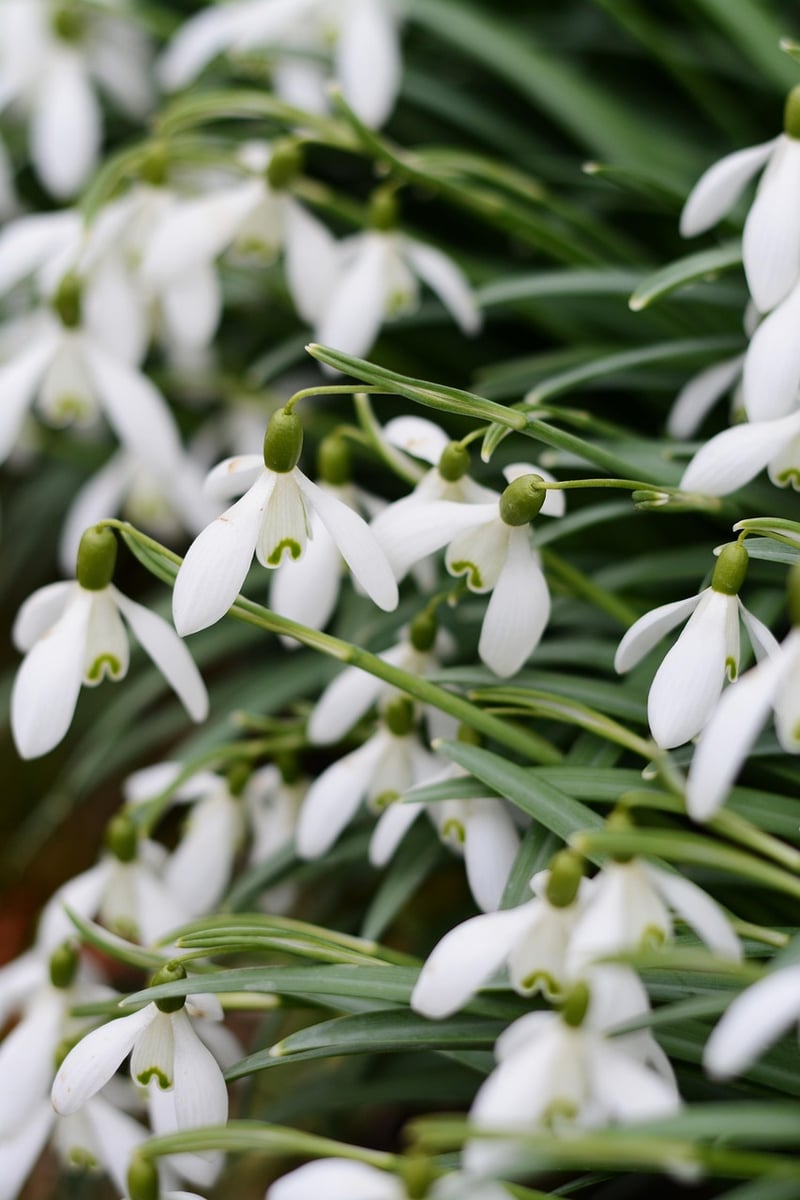Pruning techniques
Keeping Your Vertical Garden Healthy and Thriving
Vertical gardens are a fantastic way to bring greenery into small spaces and create a stunning visual display. However, like traditional gardens, vertical gardens require care and maintenance to ensure they remain healthy and thriving. Here are some essential tips to help you keep your vertical garden in top condition:
1. Choose the Right Plants
When setting up your vertical garden, select plants that are well-suited to the conditions of your space. Consider factors such as light levels, humidity, and temperature to ensure your plants have the best chance of thriving.
2. Water Regularly
Proper watering is crucial for the health of your vertical garden. Depending on the type of plants you have, you may need to water them daily or a few times a week. Monitor the soil moisture levels and adjust your watering schedule as needed.
3. Provide Adequate Light
Most plants require adequate light to photosynthesize and grow. Ensure your vertical garden receives sufficient natural light or supplement with grow lights if necessary. Regularly rotate your plants to ensure they receive uniform light exposure.
4. Fertilize Regularly
Plants in vertical gardens can deplete nutrients more quickly due to their confined root space. Fertilize your plants regularly with a balanced fertilizer to ensure they have access to essential nutrients for growth.
5. Monitor for Pests and Diseases
Keep an eye out for pests and diseases that can affect your vertical garden. Inspect your plants regularly for any signs of infestations or disease, and take prompt action to address the issue before it spreads.
Pruning Techniques for Vertical Gardens
Pruning is an essential practice for maintaining the health and appearance of your vertical garden. Here are some pruning techniques to help you keep your plants in top shape:
1. Deadheading
Remove spent flowers or dead parts of the plant to encourage new growth and improve overall plant health.
2. Pinching
Pinch off the tips of stems to promote bushier growth and prevent leggy plants.
3. Thinning
Thin out overcrowded areas of your vertical garden to improve air circulation and reduce the risk of disease.
4. Shaping
Regularly trim and shape your plants to maintain the desired appearance and prevent them from becoming unruly.
With these tips and techniques, you can ensure that your vertical garden remains healthy, vibrant, and visually stunning. Regular care and attention will go a long way in creating a thriving vertical oasis in your space.

Remember, each plant species may have specific care requirements, so it's essential to research and understand the needs of your plants to provide them with the best care possible.
